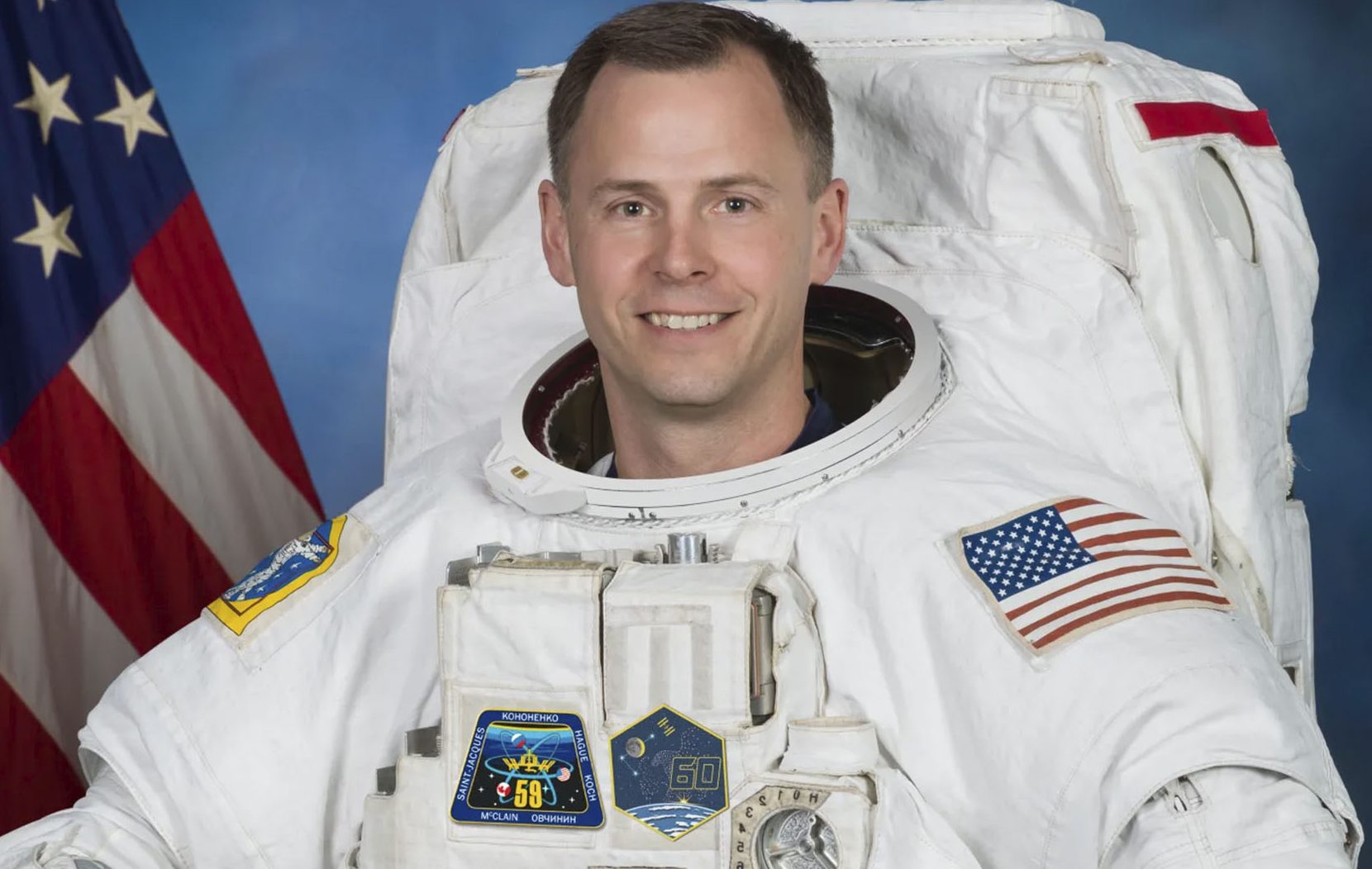

Space Force guardian Col. Nick Hague will lead a NASA mission to the International Space Station that will retrieve two astronauts who have been stranded on the station due to problems with Boeing’s Starliner spacecraft.
Hague will serve as commander of the mission along with Roscosmos cosmonaut Aleksandr Gorbunov on NASA’s Space X Crew-9 mission, which is expected to launch by Sept. 24, a NASA news release says.
He is the second NASA astronaut to come from the Space Force. The first was Col. Mike Hopkins, who transferred to the Space Force while aboard the International Space Station.
NASA decided to send just two crew members on the SpaceX Dragon so that marooned astronauts Butch Wilmore and Suni Williams can use the spacecraft’s other two seats for their return voyage in February.
Williams and Wilmore arrived at the space station on June 6 and were originally scheduled to spend eight days there, but NASA decided in late August that the Boeing Starliner that brought them into space would return to Earth without them after their spacecraft developed a series of problems, including helium leaks and malfunctions with its control thrusters.
Subscribe to Task & Purpose today. Get the latest military news and culture in your inbox daily.
The Department of the Air Force referred questions about Hague’s upcoming spaceflight to NASA.
On Wednesday, NASA officials told reporters that another SpaceX Dragon is already docked at the International Space Station and is equipped with temporary seats in its cargo area that could take Wilmore and Williiams back to Earth in an emergency.
However, NASA Program Manager Steve Stich said that the Boeing Starliner spacesuits that Williams and Wilmore wore during their trip to the space station are not compatible with the SpaceX Dragon. There is one spacesuit aboard the station that fits Williams.
“Right now, the way the Dragon is configured for an emergency, Butch and Suni riding on the cargo pallet in those temporary seats that I described, that’s an unsuited configuration,” Stich said during a news conference. “There’s no space suits that work there. In a temporary situation, we would not have suits for Butch and Suni on Dragon.”
Founded in December 2019, the Space Force is the U.S. military’s youngest branch, and it is focused on protecting U.S. assets in space, such as communications, weather, and navigation satellites. Despite its name, the Space Force is not some sort of cosmic Coast Guard that rescues people lost in space.
Quite simply: Rescue missions are not in the Space Force’s job jar, a U.S. official told Task & Purpose on Wednesday.
It is important to remember that active-duty service members who are assigned to the astronaut program work for NASA, not the Pentagon, said Clayton Swope, with the Center for Strategic and International Studies think tank in Washington, D.C. That means Hague’s flight is not a Space Force mission.
“When Col. Hague is on Dragon alongside a Russian cosmonaut for this launch later this month, he is representing NASA — he’s a NASA astronaut when he’s going up on the Crew 9 mission,” said Swope, deputy director of the Aerospace Security Project and a senior fellow in the International Security Program at CSIS.
Swope also noted that Hague’s flight to the International Space Station is a regularly scheduled commercial crew mission, adding, “Arguably, they will be rescuing the astronauts that came up on Starliner.”
Hague is an active-duty Space Force officer who has been assigned to NASA’s astronaut program since 2022 to work on the Boeing Starliner program, according to the Department of the Air Force and NASA.
NASA first selected him as an astronaut in 2013, and during his first launch five years later, Hague and his crewmate had to abort their mission after being launched due to a rocket booster failure. Thankfully, they were able to safely land their Soyuz MS-10 spacecraft, according to NASA.
Hague went on to spend 203 days in space, during which he conducted three spacewalks. He also previously served as the Space Force’s director of test and evaluation from 2020 to 2022.
Roughly two-thirds of NASA astronauts have served in the military, according to the Air Force. Navy Lt. Cmdr. Jonny Kim, a SEAL, helicopter pilot, and physician, is scheduled to serve on a separate mission to the International Space Station in March.
